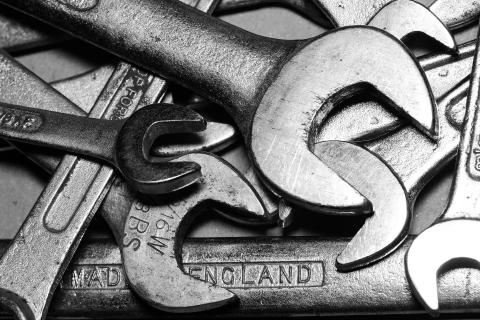
Many people fear that when the check engine light comes on, it is going to mean very expensive repairs, so they ignore the light and hope the problem goes away. Unfortunately, when drivers ignore their check-engine light, that is more often what leads to expensive repairs.
When the check engine light comes on, it usually means that the vehicle system, such as the ignition, fuel injection, or emission control, is not operating properly, even if the vehicle appears to be running normally. The top 10 most common check engine light repairs are as follows:
- Replace O2 sensor(s)
- Replace ignition coil(s) and spark plug(s)
- Replace catalytic converter
- Inspect fuel cap and tighten or replace as necessary
- Replace evaporative emissions (EVAP) purge control valve
- Replace mass airflow (MAF) sensor
- Replace ignition coil(s)
- Replace evaporative emissions (EVAP) purge solenoid
- Replace fuel injector(s)
- Replace thermostat
Following a recommended maintenance schedule and addressing small problems before they become bigger ones will help extend the life of your car and minimize check engine-related repairs. We believe it is important to note that most of the common check engine problems negatively impact a car’s fuel economy and become more costly to repair if service is delayed.

 Sign-up today for service interval reminders such as: oil & filter, brakes, tires, and more... These parts are designed to wear & need to be replaced before any major damage occurs. We can help.
Sign-up today for service interval reminders such as: oil & filter, brakes, tires, and more... These parts are designed to wear & need to be replaced before any major damage occurs. We can help.